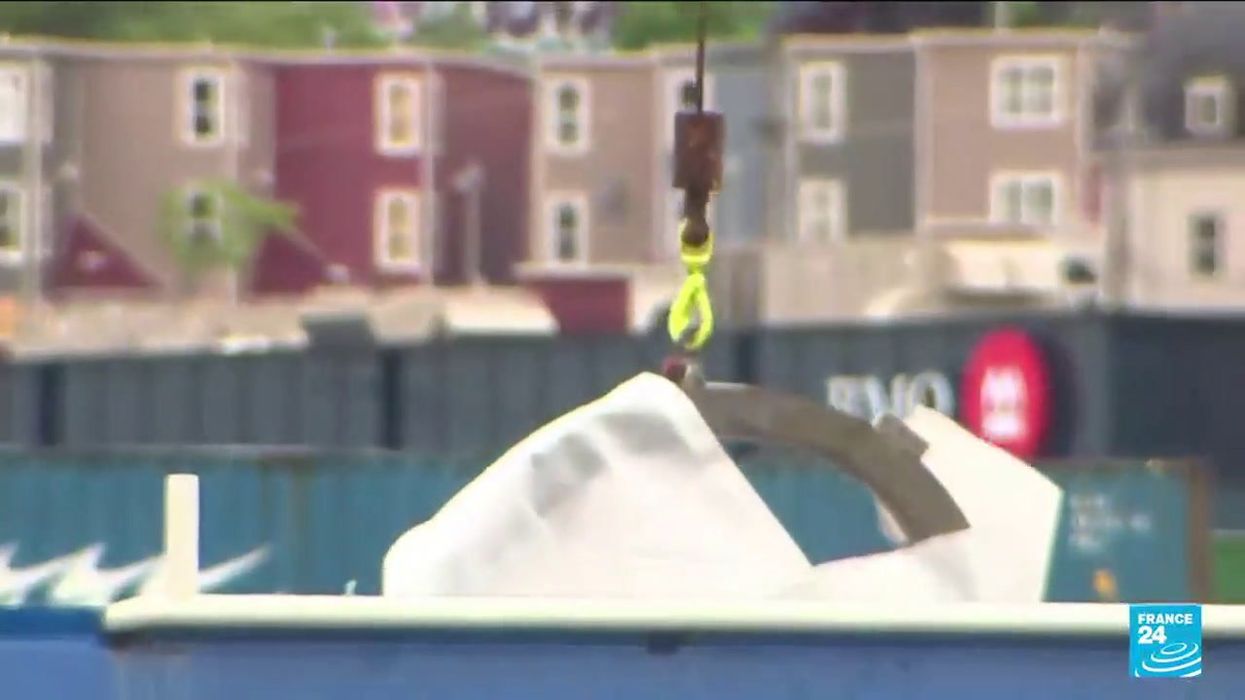Science & Tech
Alex Daniel
Jul 06, 2023
Presumed human remains and shattered Titanic submersible returned to shore
content.jwplatform.com
Since parts of the OceanGate tourist submarine, Titan, were recovered in recent weeks, so many questions have arisen.
One of those is: if the submersible imploded under such high pressure that it could have “vapourised”, why are there any parts of the vessel left?
The OceanGate vessel set off on a voyage into the deep ocean on 18 June, aiming to reach the wreckage of the Titanic. However, a little under two hours after it went underwater, those on the surface lost contact with it.
Sign up to our free Indy100 weekly newsletter
Around the same time, the sub is thought to have imploded, killing all of those on board, including three Brits.
Photos have since emerged of search teams bringing large chunks of the submersible to shore, including a large, white section of curved metal which appears to be the outer casing of the sub.
Arun Bansil, professor of physics at Northeastern University, said the reason the metal is still intact is that large objects “do not normally split apart into smithereens in an implosion or explosion”.
He told the Mirror: “For example, a pressure cooker usually explodes with the top blown off but the body remains intact. The initial failure of Titan would have occurred at its weakest links such as defects in the hull.
“Once a crack opens, however, large pieces of the hull will no longer experience very violent forces and remain more or less intact.”
The US Coastguard said last week that it had recovered presumed human remains from the wreckage of the submarine.
“United States medical professionals will conduct a formal analysis of presumed human remains that have been carefully recovered within the wreckage at the site of the incident,” the organisation said in a statement on 29 June.
Captain Jason Neubauer, who is leading the investigation into the tragedy, added: “I am grateful for the coordinated international and interagency support to recover and preserve this vital evidence at extreme offshore distances and depths.
“The evidence will provide investigators from several international jurisdictions with critical insights into the cause of this tragedy.”
Have your say in our news democracy. Click the upvote icon at the top of the page to help raise this article through the indy100 rankings.
Top 100
The Conversation (0)














